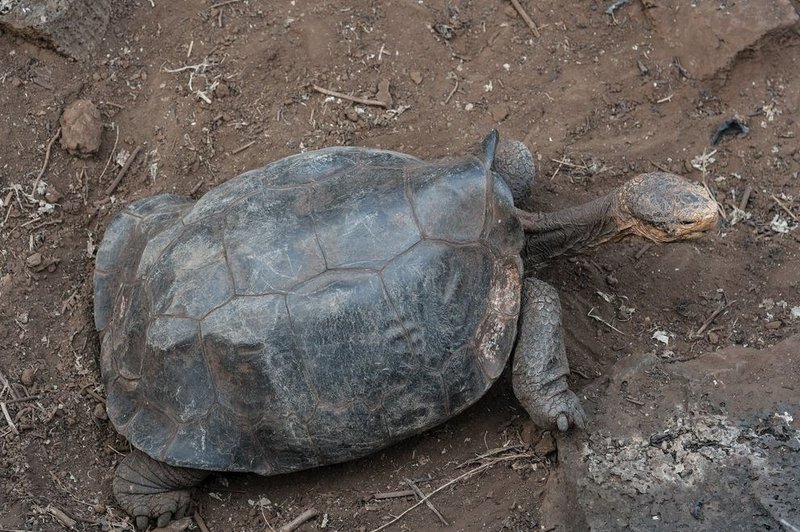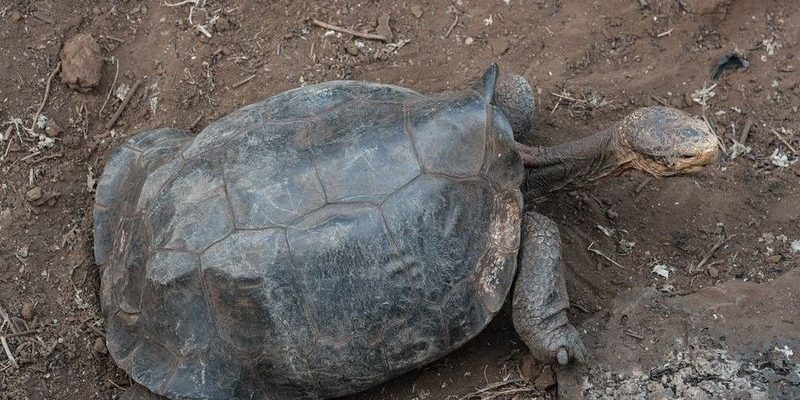
When you think about the Galápagos Islands, you might picture stunning landscapes, unique wildlife, and the famous tortoise that has stood the test of time. But there’s so much more beneath the surface. The cultural significance of the Galápagos tortoise runs deep, weaving through science, history, and even myth. Let’s dive into what makes this creature so important in various contexts and how it symbolizes our connection to nature.
Historical Significance of the Galápagos Tortoise
The Galápagos tortoise has a rich history that dates back centuries. When sailors first stumbled upon the Galápagos Islands in the 16th century, they were greeted by these massive creatures. They soon realized that these tortoises could survive for months without food or water, making them a valuable source of sustenance during long voyages at sea. Unfortunately, this led to overexploitation, almost pushing them to extinction.
You might be wondering what this means for modern conservation efforts. Well, the tortoise’s plight acted as a wake-up call. Conservationists began to recognize the importance of protecting these unique creatures and their habitats. This shifted the narrative from exploitation to preservation, rallying people around the globe.
Today, the Galápagos tortoise represents the ongoing struggle for wildlife conservation. It reminds us that every species plays a role in the broader ecosystem and that we need to protect our planet’s biodiversity. The tortoise’s survival is directly tied to our actions. This historical context adds layers of meaning to its existence.
Symbolism in Culture
Across various cultures, the Galápagos tortoise symbolizes endurance and longevity. In many indigenous cultures, it is viewed as a wise, ancient being that has lessons to impart. The tortoise is often seen as a protector of the earth, reminding us to tread lightly and respect our surroundings.
Consider the story of the tortoise and the hare. This fable teaches us about the value of persistence over speed. It’s a reminder that taking things slowly and thoughtfully can lead to success. The Galápagos tortoise embodies this essence, living life at its own pace while also being incredibly resilient.
In art and literature, you’ll find the tortoise depicted as a character representing wisdom and patience. It captures the imagination and serves as a metaphor for the journey through life. Whether in stories, paintings, or sculptures, the Galápagos tortoise acts as a universal symbol, resonating with anyone who appreciates the beauty of nature.
Scientific Importance of the Galápagos Tortoise
From a scientific standpoint, the Galápagos tortoise has been crucial in advancing our understanding of evolution and natural selection. Charles Darwin famously studied these tortoises during his voyage on the HMS Beagle, which led to the development of his groundbreaking theory of evolution. The variations among tortoise species on different islands illustrated how environmental factors can shape physical traits over time.
Isn’t it fascinating how one species can hold so much significance in shaping scientific thought? The tortoise acted as living evidence of Darwin’s theories. Researchers still study these creatures today, using them to learn more about climate change, adaptation, and conservation strategies.
By protecting the Galápagos tortoise, we not only safeguard a species but also continue to foster scientific inquiry and understanding. It serves as a living laboratory for understanding evolution and the impacts of environmental change, highlighting the need for responsible stewardship of our planet.
Modern Conservation Efforts
In recent years, conservation efforts surrounding the Galápagos tortoise have gained momentum. Organizations like the Galápagos Conservancy are dedicated to protecting both the tortoises and their unique ecosystems. These efforts not only focus on preserving the tortoise populations but also involve educating the local communities about sustainable practices.
One key strategy has been captive breeding programs. These initiatives aim to boost the population numbers of endangered tortoise species, gradually reintroducing them into the wild. It’s a delicate balance, as conservationists work to ensure the tortoises can thrive in their natural habitats while combating threats like invasive species and habitat destruction.
You might be surprised to learn that community involvement is pivotal for success. Local residents are encouraged to take part in monitoring tortoise populations and promoting eco-tourism. This approach fosters a sense of ownership and responsibility toward the tortoise and its environment. It’s a great example of how conservation can unite people across cultures and generations.
The Galápagos Tortoise in Education and Awareness
Education plays a vital role in raising awareness about the importance of the Galápagos tortoise. Schools and educational programs often highlight this incredible animal to teach students about biodiversity and conservation. Through field trips, workshops, and interactive exhibits, children learn the significance of protecting not just the tortoise but their entire ecosystem.
Let’s face it: teaching kids about nature through engaging stories and hands-on experiences can make a lasting impression. It helps create a future generation that values and protects the natural world. The Galápagos tortoise serves as a perfect ambassador for this mission—its unique traits and compelling story draw people in and ignite their curiosity.
Moreover, social media and digital platforms have amplified the tortoise’s story. People worldwide share pictures, videos, and experiences, bringing awareness to conservation efforts and inspiring action. The more we talk about the Galápagos tortoise, the more likely we are to rally support for its preservation.
The Galápagos tortoise is far more than just a heavy-shelled inhabitant of the islands. It’s a symbol of endurance, a key player in evolutionary history, and a vital part of contemporary conservation efforts. This remarkable creature reminds us of our relationship with nature and our responsibility to protect it. Embracing the legacy of the Galápagos tortoise is not only about admiring its physical presence; it’s about understanding its place in our shared story.
As you reflect on the importance of the Galápagos tortoise, remember that each small action counts. Whether it’s advocating for conservation, educating others, or simply appreciating the beauty of nature, we can all contribute to protecting this incredible species. Let’s celebrate the Galápagos tortoise and all it stands for, ensuring that its story continues for generations to come.

